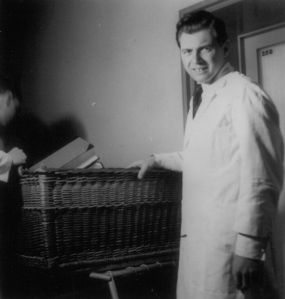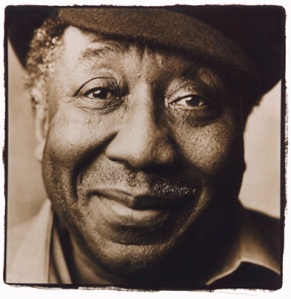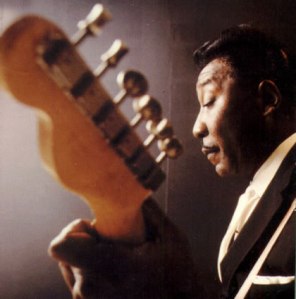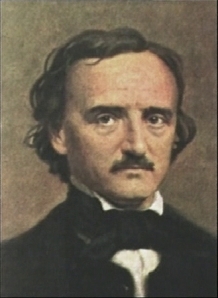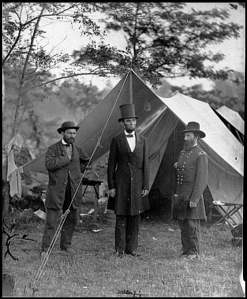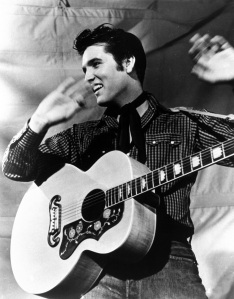Holcomb Kansas is one of those places you’d miss if you blinked. A small farming community in America’s heartland, it was not prepared for what happened 50 years ago on the night of November 15, 1959. It was a town where murder was an unknown word. A town where people got up and went to bed with the sun and never worried about locking their doors. A town where children could walk to school and nothing bad would come their way. A town where the Clutter family became part of American criminal history.
By all accounts Herb Clutter was a hard-working, decent man. He lived in a modest home on a working farm with his wife Bonnie and their two teenage children, 16-year-old Nancy and 15-year-old Kenyon. Mr. Clutter apparently hired transient workers from time to time to help out around the farm and this act of kindness led to his family being massacred on that dark night.

After the family had turned in for the night, Dick Hickock and Perry Smith entered their world. It seems that Hickok. a recent prison parolee, had heard a rumor from a fellow inmate that a man named Clutter had a safe stuffed with money. That wasn’t true, but Hickok believed it to be. He recruited Perry Smith into his murderous scheme in which he repeatedly said that they would leave no witnesses. They didn’t.
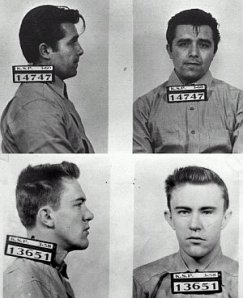
Perry Smith (Top) and Dick Hickock
Once in the home, they cut the phone line and tied up the entire family, each in a separate room. They demanded that Herb Clutter open his safe. Mr. Clutter said that he had no safe and did not keep money in his house. They didn’t believe him but their search turned up nothing except for one of the children’s piggy bank.
Hickock then told Smith to kill the entire family. He first attempted to cut Herb Clutter’s throat but this didn’t go well. He shot Clutter with a shotgun and then moved from room to room killing the rest of the family. Smith and Hickock were ultimately captured and brought to trial with the major forensic evidence against them being a bloody boot print.
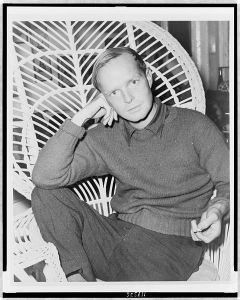
Truman Capote, fresh off his success with Breakfast at Tiffany’s, read about the case in the newspaper and decided he would write an article for New York magazine on how these brutal murders affected a small town America. He went there, along with his longtime, childhood friend in Monroeville, Alabama Harper Lee (To Kill A Mockingbird), to investigate the story.
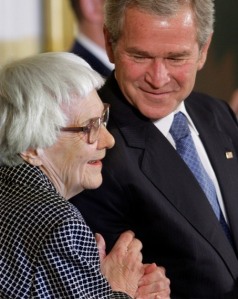
Harper Lee receives Presidential Medal of Freedom
The murders not only turned the town of Holcomb upside down, they also affected Capote so much that the article became a novel and the novel transformed literature. It would be the last novel he ever completed.
Capote was an arrogant and self-absorbed jerk but he was a great writer. He boldly stated that his book based on this murder, which he titled In Cold Blood, would revolutionize the way novels were written. He was right. It created an entirely new genre. He called it faction. Today we would call it creative nonfiction.
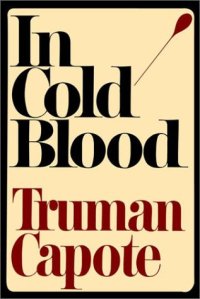
The book created great controversy on several fronts. Many were dismayed that Capote used fictional elements in what was a true crime story. He was accused of manipulating the facts for his own purposes. Kenneth Tynan, in his review for The Observer, went further. He accused Capote of using Smith and Hickock for their information about the killings but then did not help them with their defense as much as he should have. He felt that Capote actually wanted the pair executed so he would have an ending to his story. This controversy remains unsettled.
In Cold Blood is without doubt one of the best crime novels ever written and at the same time one of the best true crime stories you’ll ever read. If you have not read it do yourself a favor. The story is compelling, the writing even more so.

